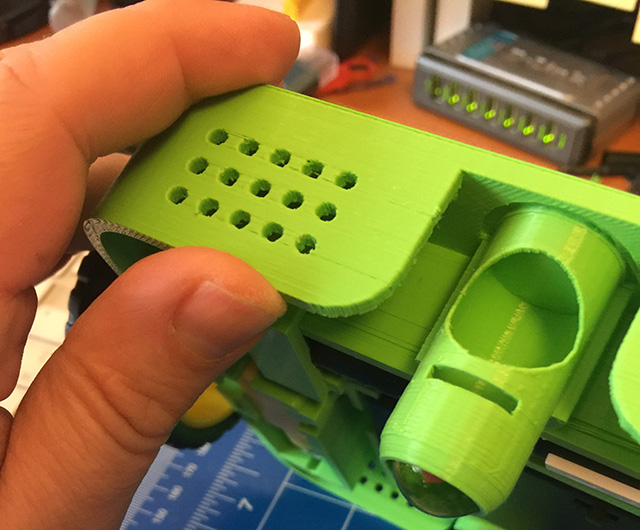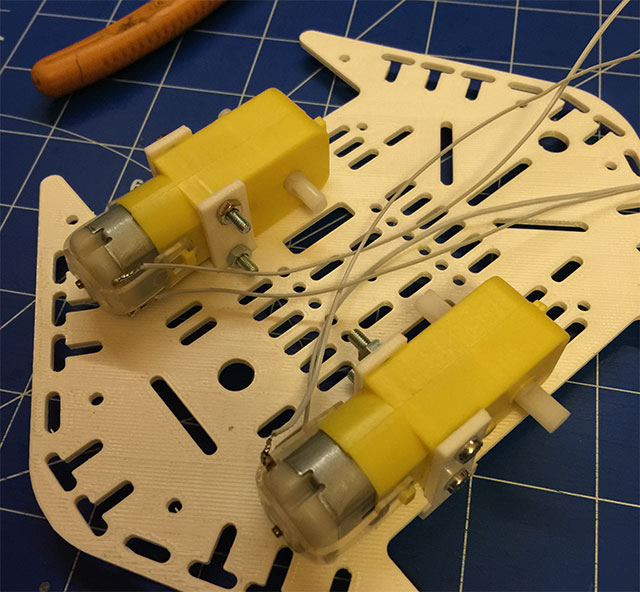

These are generally stated in the robots.txt file, if they don’t exist at the default path of /sitemap.xml.

One common thing you may want to do is find the locations of any XML sitemaps on a site.
#Dotbot disallow install#
Any packages you don’t have can be installed by typing pip3 install package-name in your terminal.Īllow: /researchtools/ose/just-discovered$ĭisallow: /community/q/questions/*/view_counts We’ll be using Pandas for storing our the data from our robots.txt, urllib to grab the content, and BeautifulSoup for parsing. To get started, open a new Python script or Jupyter notebook and import the packages below. User-agent: Yandex Disallow: / User-agent: Baiduspider Disallow: / User-agent: proximic Disallow: / User-agent: MJ12bot Disallow: / User-agent: dotbot Disallow.

You can also examine the directives to check that you’re not inadvertently blocking bots from accessing key parts of your site that you want search engines to index. robots.txt This file is to prevent the crawling and indexing of certain parts. Whenever you’re scraping a site, you should really be viewing the robots.txt file and adhering to the directives set. URLs from within, and write the includes directives and parameters to a Pandas dataframe. Tools urllib and BeautifulSoup to fetch and parse a robots.txt file, extract the

In this project, we’ll use the web scraping dotbot Disallow: / User-agent: DotBot Disallow: / User-agent: DotBot/1.1. This file, which should be stored at the document root of every web server, contains various directives and parameters which instruct bots, spiders, and crawlers what they can and cannot view. robots.txt This file is to prevent the crawling and indexing of certain. Note that the “ Disallow:” statement uses your website root folder as a base directory, therefore the path to your files should be /sample.txt and not /home/user/public_html/sample.txt for example.When scraping websites, and when checking how well a site is configured for crawling, it pays to carefully check and parse the site’s robots.txt file. For example, the lines below will tell all the search bots not to index the “ private” and “ security” folders in your public_html folder: User-agent: * Each folder or file must be defined on a new line. The “ Disallow:” part defines the files and folders that should not be indexed by search engines. AhrefsBot User-agent: DotBot Disallow: / Disallow some matrix defaults. You can use “ *” as a value to create the rule for all search bots or the name of the bot you wish to make specific rules for. Block harmful bots User-agent: Orbbot User-agent: ZoominfoBot User-agent. The “ User-agent:” line specifies for which bots the settings should be valid. On the other hand, if you wish to disallow your website from being indexed entirely, use the lines below: User-agent: *įor more advanced results you will need to understand the sections in the robots.txt file. To allow search bots to crawl and index the entire content of your website, add the following lines in your robots.txt file: User-agent: * Most often it is used to specify the files which should not be indexed by search engines. The purpose of the robots.txt file is to tell the search bots which files should and which should not be indexed by them.


 0 kommentar(er)
0 kommentar(er)
